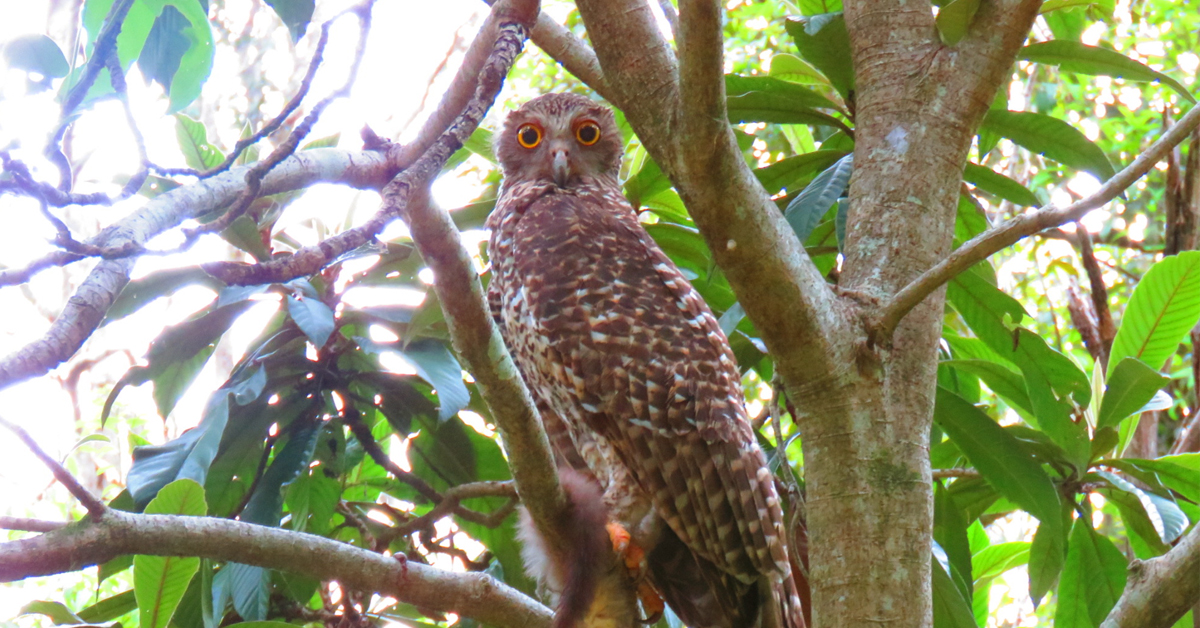Saving the environment and powerful owls
For Satoko Kuroda, the endangered powerful owl is more than just an owl.
Satoko, a lifelong environmentalist, is not only concerned about Australia’s largest owl but also the ramifications of its diminishing population.
As powerful owls are apex predators, they help regulate urban ecosystems by curbing overpopulation of other species.
This creates an umbrella effect that benefits a variety of native flora and fauna.
Along with 50 other members, Satoko is advocating for greater awareness about this majestic species as part of the Brisbane Powerful Owl Project.
‘The national birds conservation group BirdLife didn’t know how many powerful owls there were in Greater Brisbane and our team has collected that data,’ she says.
‘We’re trying to get all residents to keep listening for owls, especially if they have big properties.’
In the City of Logan, powerful owls are usually found in forested and open areas with remaining bushland or sheltered gullies nearby.
The project aims to inspire and educate others about the breed while encouraging greater community interest in conservation.
‘I’m just really concerned about the environment – more so than ever as a mum, as I want the next generation to be able to enjoy it,’ Satoko says.
‘What’s causing the most harm to the species is tree logging, city development and disasters.
‘The owls are so big they need giant trees with hollows to breed in, which is why we need to protect those old trees.’
As of 2022, juvenile powerful owls only have a 50 per cent chance of survival.
The Powerful Owl Project works to monitor the population and track breeding success. Last year, it was pleased to confirm there were 70 powerful owl pairs active in the region.
If you’re interested in learning more, check out the Powerful Owl Project website or join their Facebook group.
Owl image by Kev Jensen.





